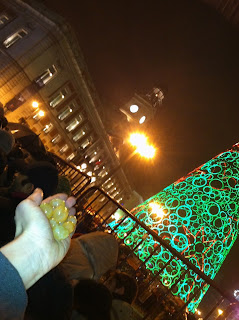July 28, 2008 - Copan, Honduras

"But most Hondurans are campesinos who live far removed from the highway. They live in what we call asentamientos, or settlments. These are villages that are not even connected to the highway by a road. Oftentimes the only way to get to these asentamientos is by horse or hiking on foot. So the real Honduras is hidden from view, but for most campesinos it´s the only reality we know."
- Elvia Alvarado
After a very productive language class in the morning, we headed for the hills - on horseback.
Many of the Chorti Maya Villages, due to mountainous terrain, are a challenge for automobile access. Our guide, a native Chorti, led us into the foothills to identify medicinal plants, meet traditional weaving artists, and view the jungle from a vista.
With unlimited access to limes, we found these citrus fruits to be used for most everything.
- squeezed over the head for a fever
- rubbed over the skin to relieve bug bites
- swallowed pulp from three for a stomach ache
The Chorti are direct descendents of the Ancient Maya. It was explained by our guide, Margarito, that there are three classes of people in Honduras - Wealthy, Poor, and Very Poor. A middle class is almost non-existant. The Chorti would be considered Very Poor, living in mud houses held together by pineappl leaf fiber, with straw thatched roofs. Out of the entire village, four children have received international scholarships to attend a school in Copan.
As if a direct sign from the U.S. Native American´s was bestowed upon us indicating luck, happiness, and prosperity an albino colt led us from the village back to town, sending us on our way, into the sunset.

